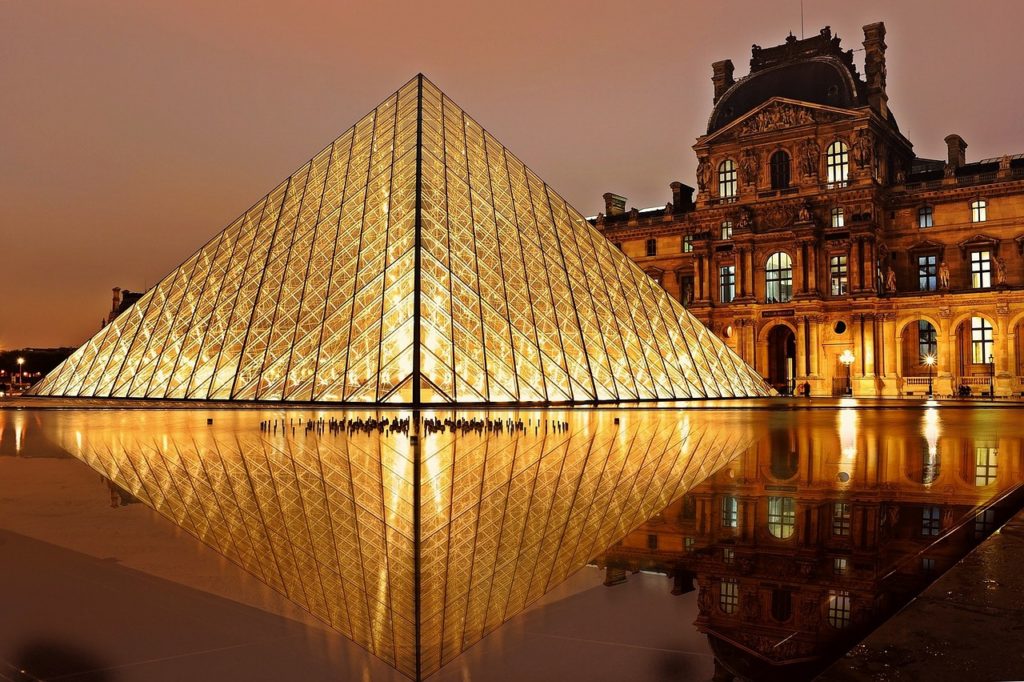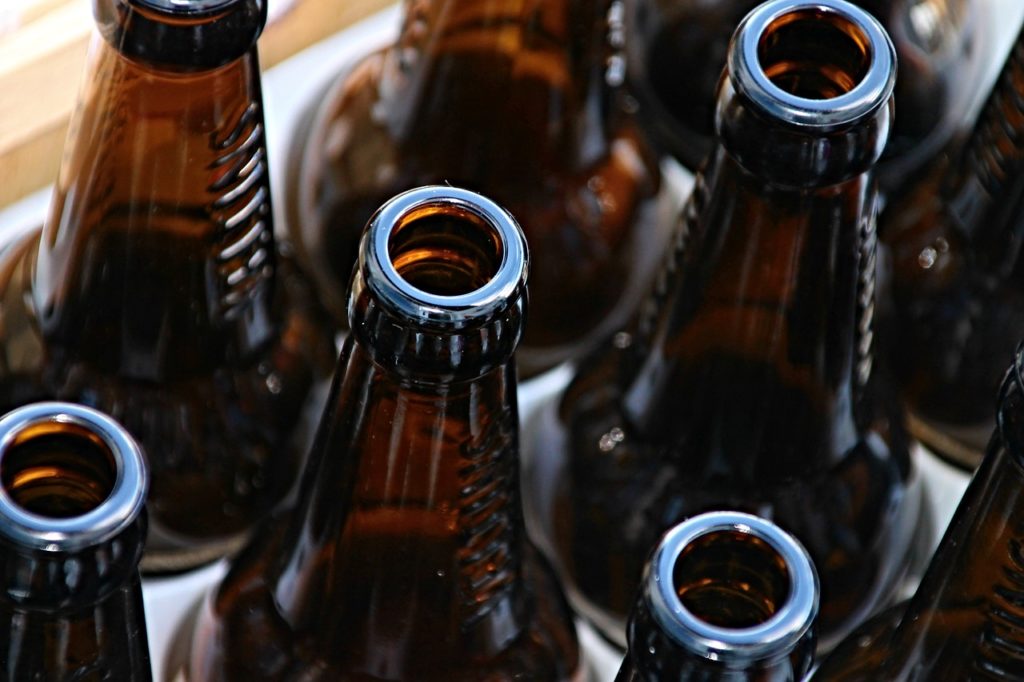We are all very familiar with glass — it is a common material that is used to make a plethora of items inside and outside of our homes.
In fact, most of us probably take it for granted!
Have you ever stopped and wondered how glass is made and how it is recycled? This blog post takes a look at all things glass.
What is glass used for?

Glass is commonly used to create the below items:
- Windows
- Drinking glasses
- Spectacles
- Lightbulbs
- Jars and other kitchenware
- Lab equipment
- Medical equipment
- Furniture
- Fish tanks
- Vases
- Mirrors
- Solar panels
- Fibre optics
- Photocopiers and scanners (the beds)
- Cooking appliances (oven, microwave oven, hob, etc.)
- Greenhouses and glasshouses
- Wristwatches
- TVs
- Thermometers
Why are so many objects made from glass?

Glass has numerous benefits as a manufacturing material.
Glass is transparent, cheap to make, nonporous (untaintable), easy to mould into the desired shapes, and easy to recycle.
Actually, glass, much like aluminium, can be 100 per cent recycled indefinitely. This is known as closed-loop recycling.
It also has a very high melting point, meaning it can be melted when you want it to be, but not by accident.
This means that glass objects can withstand an impressive amount of heat — think of kitchenware, such as Pyrex bowls.
How is glass made?
Glass can simply be made by melting sand. Not special sand — just the kind you can find at the beach!
However, you aren’t likely to see sand melting at the seaside, as it has a melting point of 1700°C!
As mentioned above, sand only melts when you intend to melt it.
When it comes to the mass production of glass, a few more ingredients are used to make it.
Due to the high melting point of sand, the mass production method uses soda ash (sodium carbonate).
This reduces the melting point, making the process more energy-efficient.
Limestone is also added, as otherwise, the resulting glass wouldn’t be water-resistant (due to the soda ash).
The final ingredient is often waste glass — glass that has been sent for recycling.
Once melted together, the liquid is then moulded into the desired shapes and sizes, polished, and cooled.
The resulting product is known as soda-lime-silica-glass and this is the glass we see all around us.
When it comes to colour and effects, further chemicals are added to the molten glass mixture.
Glass blowing
Of course, sometimes the glass is blown too, using a pipe.
This is rare nowadays as it requires real skill and is a more expensive production method due to the time taken.
Beautiful shapes can be made this way, though.
How is glass recycled?

Glass jars and bottles are collected — either at the kerbside by local councils, at recycling banks, or by waste management companies.
They are then taken to a treatment plant.
At the treatment plant, the glass is colour-sorted and washed to remove impurities.
Next, it is crushed and used to create new glass items.
A simple yet effective closed-loop recycling process.
